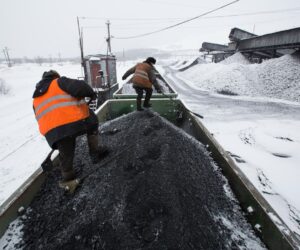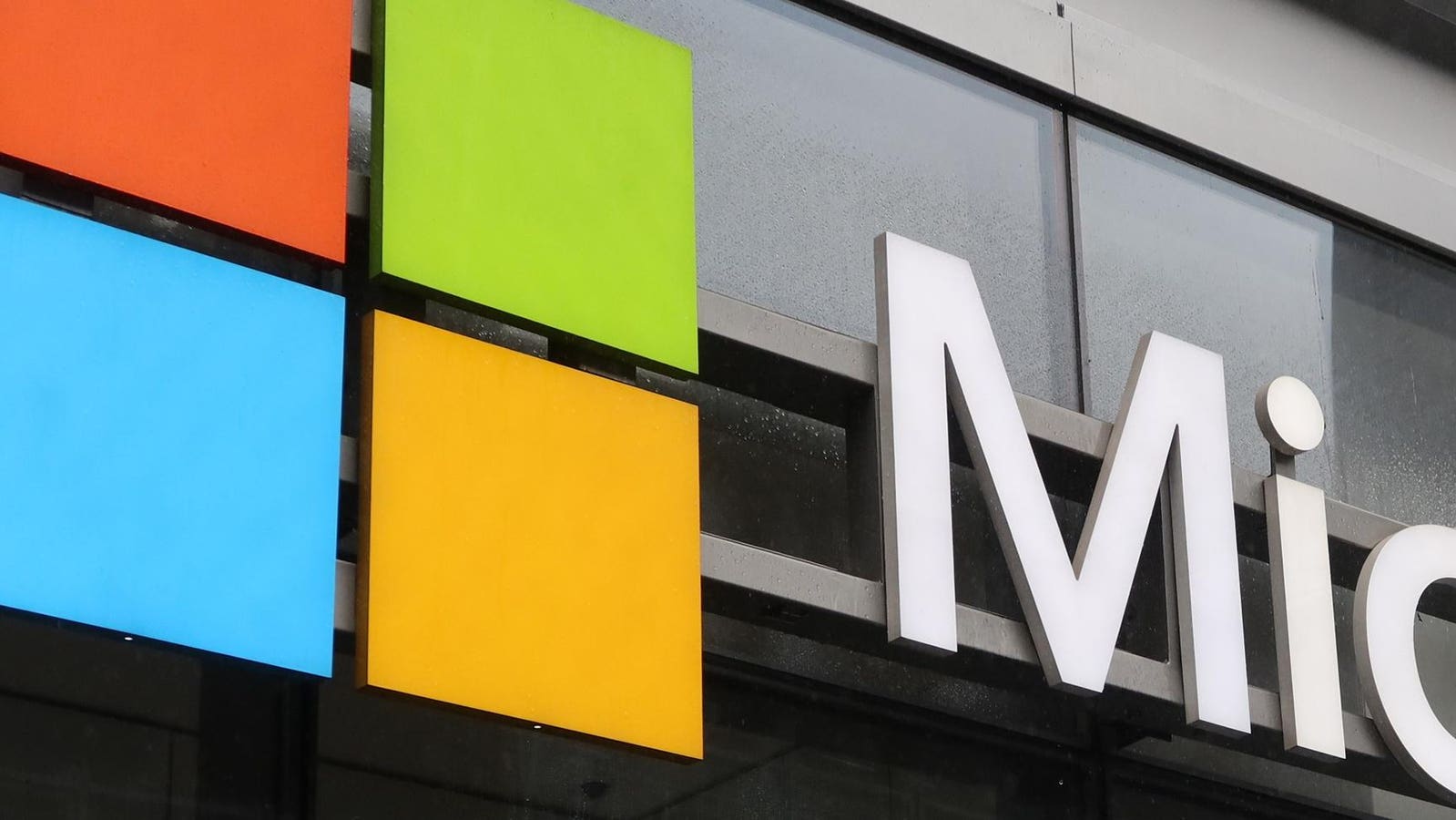There has been a fair amount of coverage in the last couple of days related to a presentation Seagate Technology gave in October about a 6.9TB per HDD disk laboratory demonstration. This appears to have been first reported by guru3D. The seminar abstract below was used as the reference to this advancement.
Seagate seminar with 6.9TB per disk laboratory demonstration
Photo by Tom Coughlin
In March of 2024 Research groups from NIMS, Seagate Technology, and Tohoku University made a demonstration of multi-level recording using a three-dimensional magnetic recording medium. This demonstration showed a path beyond the roughly 10Tbpsi areal density that could be achieved with heat assisted magnetic recording, HAMR. It was believed that 3-4 multiple recording levels could be possible using this technology.
The article also referenced increasing the magnetic recording areal density from a then shipping 1.5Tbpsi to 4.0Tbpsi and beyond. At the time 32TB 10-disk HDDs were shipping, implying 32TB capacities require about 1.5Tbpsi. So, a 4.0Tbpsi HDD could provide a 10-disk 85TB HDD. The image below shows a comparison of current HAMR recording to a two-layer recording.
Comparison of conventional to multi-level magnetic recording
Seagate Press Release
Seagate Technology referred to this demonstration during a May 2025 analyst event as showing that they had achieved a laboratory magnetic recording demonstration that would allow 6.5TB per disk, or 65TB for a 10-disk HDD. Based upon the calculation above the areal density for this demonstration is then about 3Tbpsi, or 1.5X6.5/3.2. The recent announcement of 6.9TB per disk probably implies an areal density of about 3.2Tbpsi, and may also utilize multi-layer recording, although that is not clear from the October announcement.
At that May analyst event Seagate showed the following chart giving projections for laboratory demonstrations of laboratory demonstrations and a rough idea of when these demonstration storage capacities would be achieved in shipping products. This chart implies that 65TB 10-disk drives could be likely available in the early 2030’s. Of course with 11 and even 12 disk products announced by WDC and Toshiba respectively, such HDD capacities could be available before 2030.
Chart showing estimated relationship of laboratory demonstrations to product storage capacities
Seagate Analyst Day
The chart below is an updated one showing current shipping product maximum areal densities compared to the maximum laboratory demonstration areal density with this adjustment for laboratory magnetic recording areal densities. We estimate that this latest laboratory demonstration at 6.9TB per disk is about 1.9X higher than for the current shipping product.
HDD laboratory areal density demonstrations versus shipping products
Coughlin Associates, Inc.
Another interesting thing mentioned in the October paper abstract was the use of ferroelectric recording as a potential successor to magnetic recording. Ferroelectric solid state non-volatile memory devices have been around for decades and arguably these have been produced in the highest volume, particular in RFID readable fare cards, particularly in Asia.
However, the materials used in the older ferroelectric memory devices contained elements like lead that are not conducive to semiconductor manufacturing processes. More recently hafnium oxide has been found to have a ferroelectric state that could be used for a solid-state memory. Hafnium oxide is commonly used as a higher dielectric constant insulator in modern solid-state electronics and so this material could be more acceptable in a modern semiconductor manufacturing facility.
Presumably, a ferroelectric recording technology from Seagate would extend the conventional HDD technology with disks, heads and actuators, but somehow use ferroelectric recording approaches, perhaps like those used in ferroelectric solid-state memories, rather than conventional ferromagnetic recording as in conventional magnetic recording.
A search found information on such a recording approach for a ferroelectric recording drive from 2016. The abstract for that paper says, “Ferroelectric probe data storage has been proposed as a novel data storage method in which bits are recorded based on the polarization directions of individual domains. These bits are subsequently read by scanning nonlinear dielectric microscopy. The domain walls of typical ferroelectric materials are quite thin: often only several times the lattice constant, which is advantageous for high-density data storage. In this work, high-density read/write (R/W) demonstrations were conducted using a hard disk drive-type test system, and the writing of bit arrays with a recording density of 3.4 Tbit/in.2 was achieved. Additionally, a series of writing and reading operations was successfully demonstrated at a density of 1 Tbit/in.2”
I am making inquiries to see if I can learn more about how this ferroelectric recording drive would work and will be glad to share it, when I have that information.
Seagate demonstrated magnetic recording technology enabling 6.9TB per disk, likely with multi-level recording. The demonstration also mentioned a potential move from magnetic to ferroelectric recording in the future.









